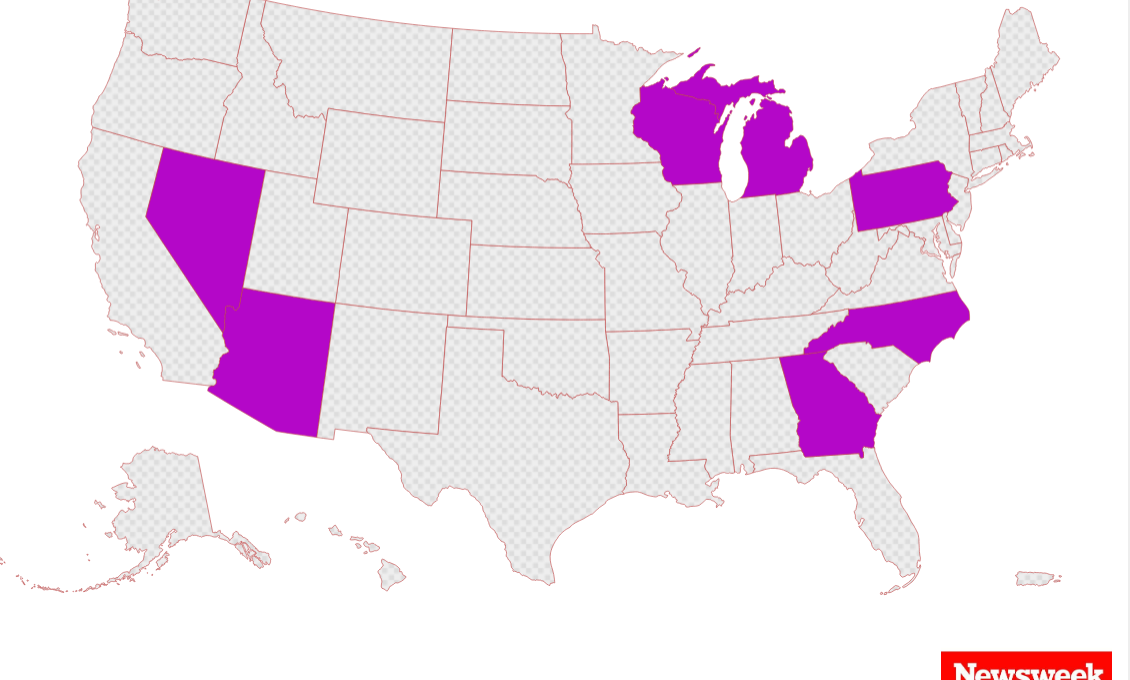There are 538 votes that make up the electoral college, a number based on each state’s delegates in the Senate and House of Representatives. To win the White House, a candidate needs 270 of them.
Since 38 of the 50 U.S. states have voted for the same political party from 2000 to 2016, the winner is often determined by “swing states,” which as the name implies often “swing” between the two major political parties.
Also known as “battleground states” or “purple” states, these are the most competitive areas in the presidential election. They are where the candidates spend most of their time on the campaign trail, and where a flood of money from outside political groups is targeted, mostly in the form of advertisements.
While the states themselves change with the times, the concept of a swing state is as old as the democracy itself. Harry Truman beat Thomas Dewey in 1948 by winning less than 1% of the popular vote in then-swing states Ohio, California, Indiana, Illinois and New York. The 1960 election between Richard Nixon and John F. Kennedy came down to less than 2% of the vote across 10 states. The 2000 presidential election, infamously, came down to Florida.
Until recently, Ohio was considered a must-win state for both parties before it started trending toward the GOP column. When Joe Biden won in 2020, he became just the third president to win an election without carrying the Buckeye State. A similar scenario has played out in Florida, which is now more or less a “red” state — though the Democrats have new hope that it could be in play this November.
The Seven Battlegrounds
This cycle, the winner will need to carry some or all of the following seven states: Nevada, Arizona, Georgia, North Carolina, Pennsylvania, Michigan and Wisconsin.
To that end, Vice President Kamala Harris and her running mate, Gov. Tim Walz, announced a bus tour across Pennsylvania ahead of the Democratic National Convention in Chicago next week. Harris or Walz have traveled in the past two weeks to all seven of this year’s battlegrounds.
The Democratic National Committee also launched its first major paid advertising campaign this week, blanketing the airwaves in those states.
Former President Donald Trump has also visited many of the battleground states this cycle, including Pennsylvania, where he was nearly killed in an assassination attempt last month. His running mate, Sen. JD Vance — himself from the former swing state of Ohio — has been on the trail in the battlegrounds, as well.
Arizona
A longtime Republican stronghold, Arizona played a crucial role in Biden’s 2020 victory, narrowly backing a Democratic candidate for the first time since the 1990s. Biden won the state by 0.3%, with 49.4% of the vote—the highest level of support for a Democratic candidate in Arizona since 1964. This shift has led many experts to now classify the state as “purple,” reflecting its evolving political landscape from what was once a consistent win for the GOP.
Arizona’s changing political identity is closely tied to its geographical and demographic makeup. With its proximity to the U.S.-Mexico border, immigration has long been a central issue for voters. Trump has further cemented his appeal by pledging to initiate “the largest deportation operation” in U.S. history if re-elected—a promise aimed directly at voters who prioritize immigration policy.
Despite this, recent years have seen a notable shift in the state’s stance on immigration. Arizona voters have increasingly shown a more moderate approach, supporting measures like in-state tuition rates for undocumented students and rejecting other hard-line policies.
Arizona has also become a battleground over abortion access, underlined earlier this year when state Republicans tried and failed to reinstate a 160-year-old near-total ban on terminating pregnancies.
The abortion issue has been a winning one for Democrats in the Grand Canyon State, since the Supreme Court‘s Dobbs decision that overturned Roe v. Wade. Democrats are hoping to leverage this issue to galvanize support up and down the ticket, particularly among women and younger residents. In the 2022 midterms, Democrats won Arizona’s gubernatorial seat, secretary of state, attorney general and the state’s open seat in the U.S. Senate.
However, a recent Pew Research Survey showed that the state is still divided on the issue, with 49% of Arizonans supporting abortion in all cases and 46% opposing it.
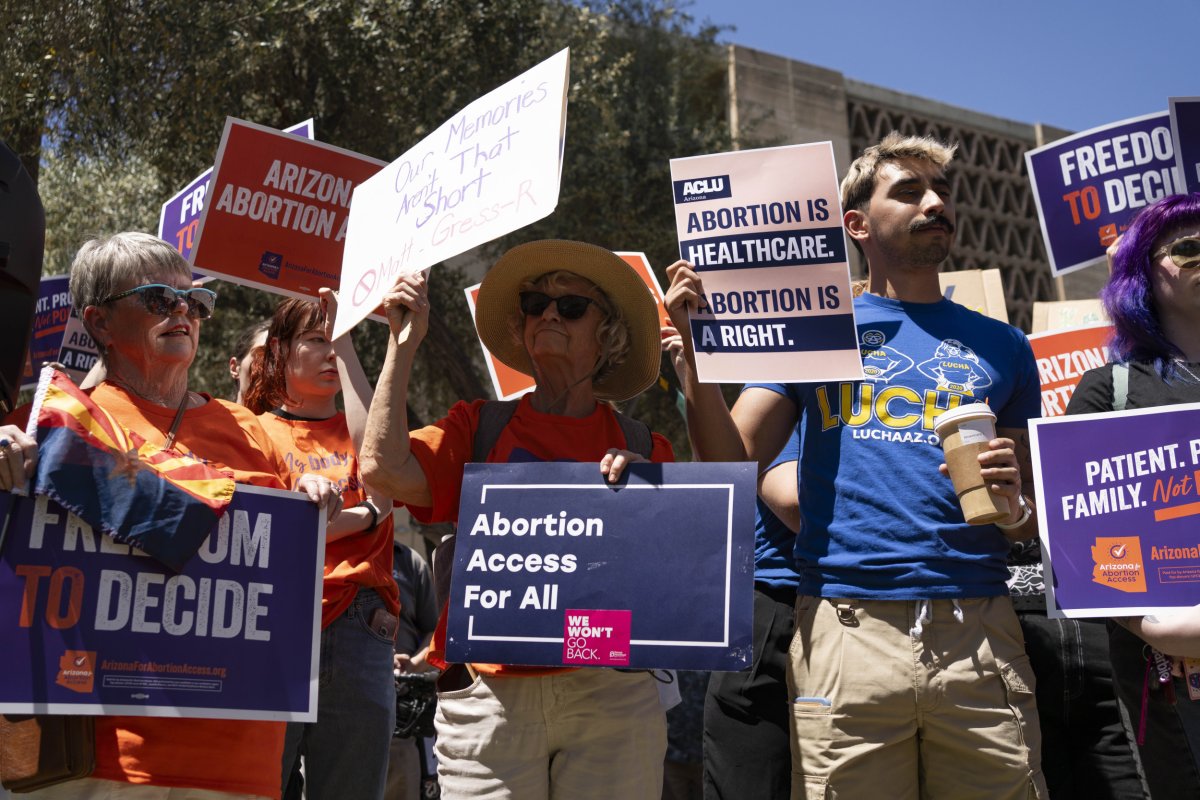
Today, the state’s political dynamics remain fluid. Although Republicans currently outnumber Democrats in terms of party registration, 35% to 29%, a third of voters are classified as independents or unaffiliated, with the rest identifying as Libertarian or Green Party members.
Both Trump and Harris are now fiercely competing for Arizona’s 11 electoral votes. While polls have consistently shown Trump performing better in the state, recent surveys indicate that Harris is gaining ground.
Last week, Harris and Walz held a rally in Glendale, drawing a crowd of around 20,000 people. The rally, part of their tour of battleground states, focused on issues like climate change and reproductive rights. In contrast, Trump’s last visit to Arizona was in early June, when he held a town hall-style event in Phoenix, marking his return to the state since late 2022.
Georgia
Georgia has solidified its status as a critical swing state, particularly following the 2020 election when it narrowly flipped from Trump to Biden. After voting Republican in six consecutive presidential elections, Georgia went to the Democrats for the first time since Bill Clinton won in 1992.
The state’s political landscape is heavily influenced by its significant Black population, which makes up a third of its voter base — one of the highest proportions in the nation. This demographic was crucial to Biden’s victory, and Kamala Harris’s campaign is counting on strong turnout among Black voters to secure Georgia once again in 2024.
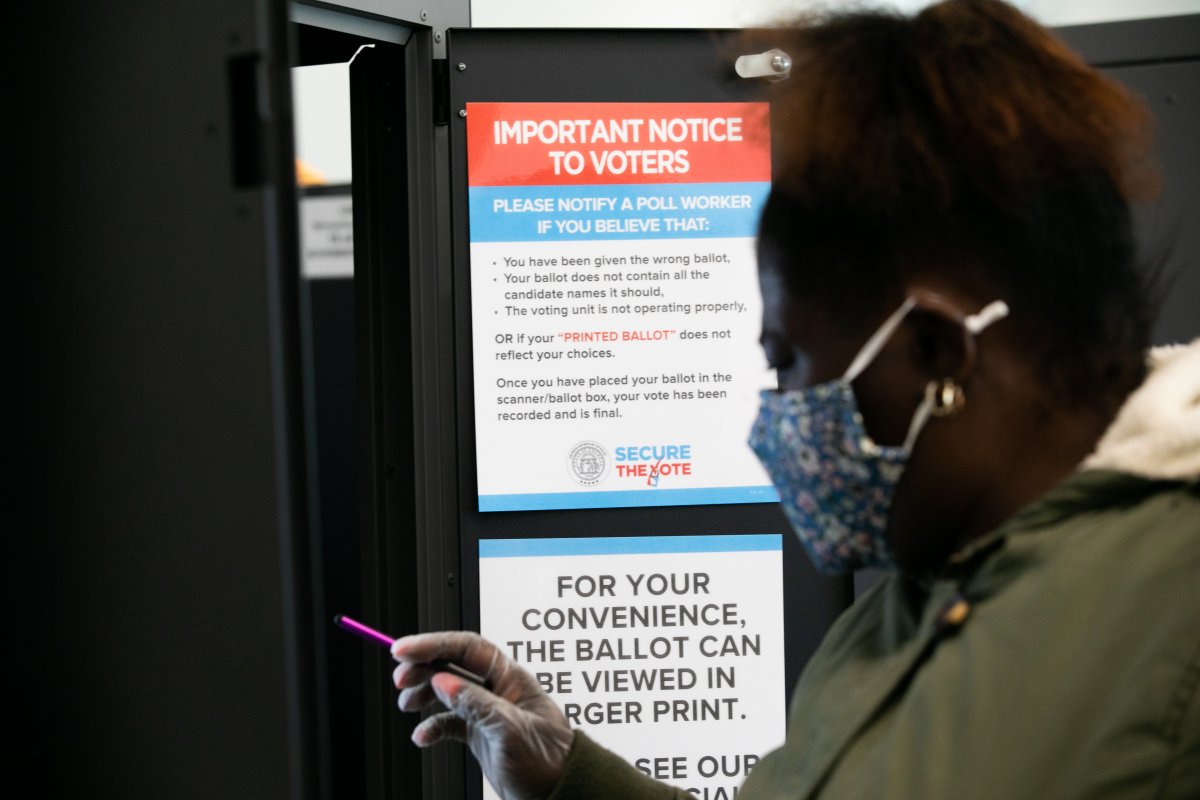
Adding to the complexity of Georgia’s political environment are Donald Trump’s ongoing legal battles. Trump and 18 others have been indicted for alleged election interference in Georgia, accused of attempting to overturn the 2020 results there. While Trump denies any wrongdoing, the case adds a layer of uncertainty to the 2024 race.
Reflecting Georgia’s volatile political dynamics, the Cook Political Report recently reclassified the state from “lean Republican” to “toss-up.” Both parties recognize Georgia’s pivotal role are investing heavily in the state. For the Harris campaign, energizing Black voters and countering any potential erosion of support will be crucial. Meanwhile, the Trump campaign is focusing on “kitchen table issues” like the economy, inflation and immigration, aiming to win over moderate voters dissatisfied with the current administration’s performance.
Polling data also highlights the shifting dynamics in Georgia. Before Biden dropped out of the race, disillusionment among Black voters had given Trump a lead in some polls. However, the Harris campaign quickly reversed this trend, bringing support back to the Democratic ticket. A week before Biden’s calamitous June debate, which set the stage for his exit, Trump was polling 10 points ahead. That advantage has now evaporated, with Harris and Trump currently tied or within the margin of error.
This explains why Georgia was Harris’s first campaign stop after launching her presidential bid. The event on July 30, which featured a performance by rapper Megan Thee Stallion, drew a crowd of around 10,000 people. Meanwhile, Trump held a rally in Atlanta a few days later, where he spent 11 minutes of his speech insulting Georgia’s popular Republican governor, Brian Kemp—a move many Republicans labeled as “risky” or worse.
Michigan
Michigan, a perennial battleground state, has played a decisive role in recent presidential elections. As part of the “blue belt” from 1992 through 2012, the state’s political landscape has remained highly contested. Trump narrowly flipped Michigan in 2016, defeating Hillary Clinton by just 0.2%—the closest margin of any state that year. In 2020, Joe Biden won Michigan by 2.8%, returning it to the Democratic column.
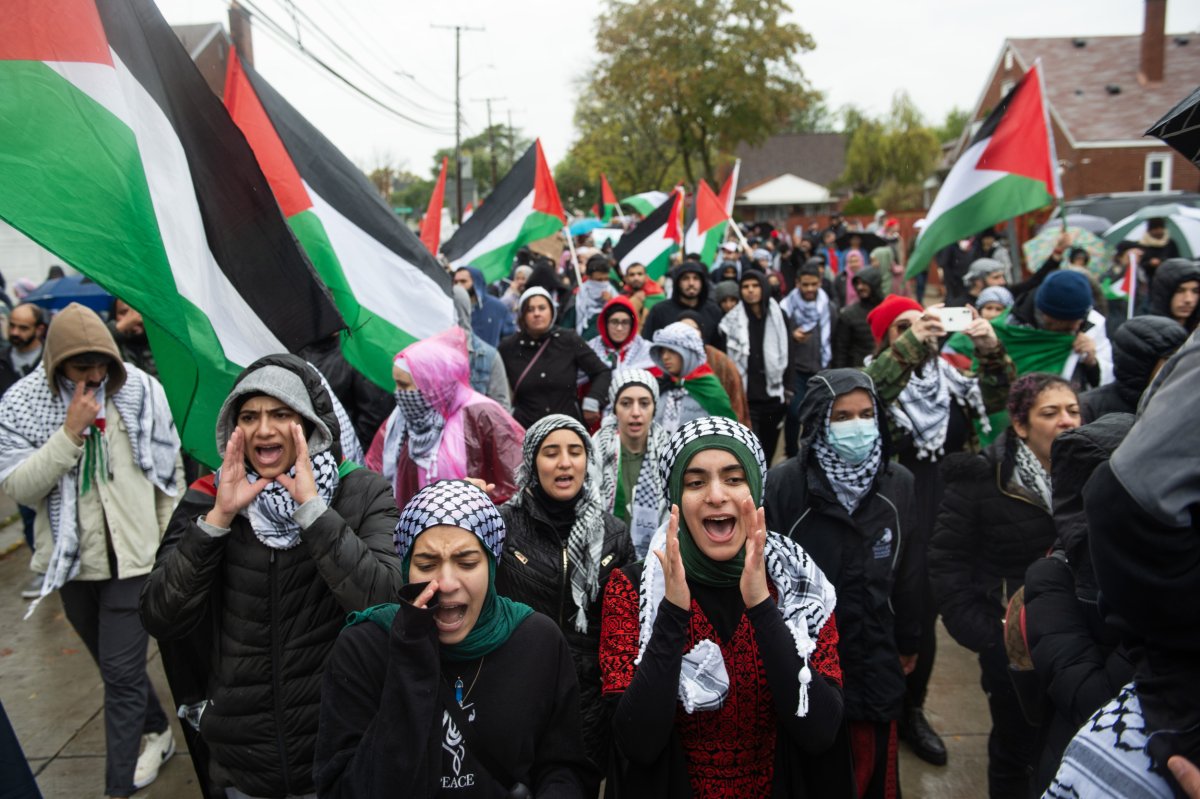
In the 2024 race, Michigan’s significant Arab-American population has become a focal point, given Biden’s ongoing support for Israel during the Gaza war. This stance has led to backlash among some voters, with over 100,000 opting for the “uncommitted” option during the Democratic primary, reflecting widespread discontent with the administration’s foreign policy.
Trump’s campaign has tried to seize on the opportunity to bolster his appeal in Michigan, calling for a swift resolution to the conflict in the Middle East. The Harris campaign, meanwhile, has adopted a somewhat more measured tone on the issue, hoping to regain the support of Arab-American voters who feel alienated from the party.
Polls have shown relatively big shifts in Michigan following some of the huge political developments this summer. After the debate and assassination attempt on Trump, the state polling average widened to give the Republican a three-point lead before Biden announced he would leave the race.
As Harris has consolidated support among Democrats, recent polls show her closing that gap.
In an effort to turn the state red, Trump visited Michigan for a rally in Grand Rapids—his first public appearance since the assassination attempt. Joined by Vance, his running mate, Trump addressed a large crowd, covering various topics including the Biden administration’s border policies, while echoing his “Make America Safe Again” slogan.
Harris, aiming to maintain her momentum, hosted a rally in Detroit on August 7, drawing a crowd of 15,000 where she introduced Walz, who hails from the nearby Midwest state of Minnesota. During her speech, a handful of pro-Palestinian protesters heckled her, prompting Harris to pause and respond: “You know what, if you want Donald Trump to win, then say that. Otherwise, I’m speaking.”
Nevada
Nevada’s status as a battleground has been thrust into the spotlight by the debate over a new economic issue: the proposal to eliminate taxes on tips. Both Trump and Harris, while visiting the state, announced plans to remove federal taxes on tips, aiming to win over Nevada’s large service-industry workforce.
In a state where hospitality jobs are a driving force of the economy, this proposal holds significant appeal to voters, particularly as Nevada’s post-COVID economic recovery has been slower than in other parts of the country. With an unemployment rate of 5.1%, the highest in the nation, the economy remains a central concern for Nevada voters.

Traditionally a Democratic-leaning state, Nevada has voted blue in the last several presidential elections. However, recent polling indicates that it’s a toss-up in 2024. Before Biden’s withdrawal from the race, Trump enjoyed a healthy lead. The entry of Harris has introduced new dynamics, potentially narrowing the gap, though Trump still maintains his most durable swing-state lead there.
With its six electoral votes, Nevada is somewhat less of a prize than neighboring Arizona. The state’s large Hispanic population, comprising nearly 20% of voters, is expected to play a decisive role in the outcome.
Trump last visited Nevada on June 9 for a rally in Las Vegas, while Harris recently held a rally in Vegas on August 10.
North Carolina
Trump has made two appearances in the Tarheel State since Biden withdrew from the presidential race — including a speech in Asheville on Wednesday that was focused on the economy — while JD Vance had rallies scheduled that had to be postponed due to severe weather.
Harris, meanwhile, will head to Raleigh on Friday, where her campaign said she will unveil her economic proposals. Michael Tyler, the communications director for the Harris-Walz Campaign, said on CNN Wednesday that the plan will include how she “wants to move this economy forward and lower costs for middle-class families.”

Manheimer told CNN Wednesday morning that there is “an incredible opportunity for Kamala Harris to win North Carolina” because the state’s voters “will zigzag their way down the vote and be very thoughtful about each candidate they vote for.”
And in a reflection of the enthusiasm about Harris’ historic candidacy among Democrats, new Democratic voter registrations have surpassed Republican registrations for the third week in a row in the state. Even still, North Carolina’s 16 electoral votes have only once gone to a Democrat since 1980.
According to the most recent Cook Political Report analysis, Harris has wiped out Trump’s eight point lead and is now two points ahead in North Carolina. Polls averaged by 538 show Harris tied with Trump in the state.
If there is a single prize for either party in November, it’s the Keystone State and its 19 electoral votes. An Axios analysis of ad spending suggested a combined $211 million in ads from both sides of the aisle are set to flood the airwaves.
In a sign of how critical Pennsylvania is, Harris unveiled her running mate in Philadelphia, its biggest city, featuring an opening speech from the state’s popular governor, Josh Shapiro, that had the crowd on its feet.

Earlier that day, Vance spoke to about 400 people in south Philly. This follows former President Donald Trump’s visit to the state capital of Harrisburg. After arriving an hour late to the rally, Trump delivered a 90-minute speech that focused on attacking Harris.
The Harrisburg rally was Trump’s first appearance in Pennsylvania since the attempted assassination at his rally in Butler.
Polling averages from 538 show Harris consistently — though narrowly — beating Trump in Pennsylvania. The most recent Cook Political Report analysis has Harris up by five when third party candidates are included.
Wisconsin
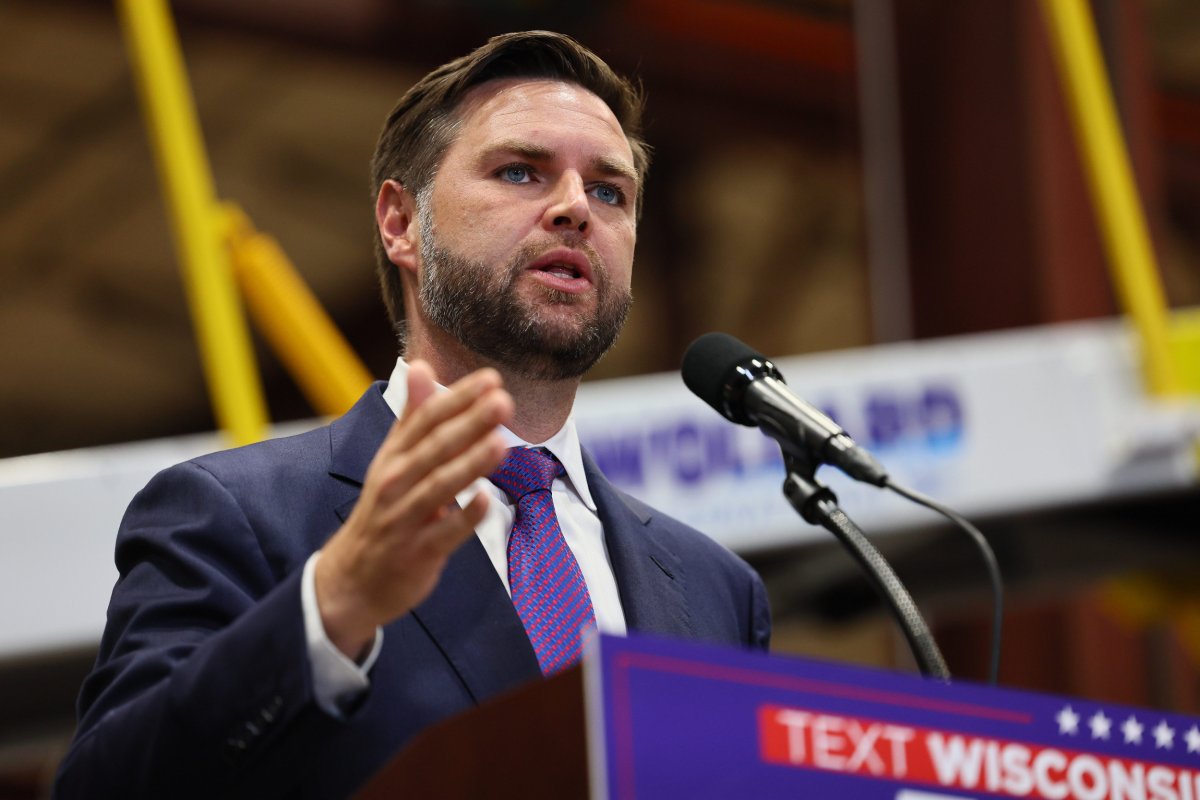
Wisconsin, with a population heavy on white, working-class voters, has been an on-again, off-again swing state for more than 100 years. It’s now considered one of the “Blue Wall” states — along with Michigan and Pennsylvania — that propelled Barack Obama to the presidency and are widely considered a trio of must-wins for the Democrats.
When Hillary Clinton lost Wisconsin to Trump in 2016 by less than a percentage point — after failing to campaign there in the final stretch of the race — it was the first time a Republican carried the state since 1984. Since then, the Badger State’s 10 electoral votes have been some of the most fiercely fought over in the battleground map.
JD Vance made his first official campaign stop in Wisconsin at the beginning of August, following Trump choosing him as his running mate at the Republican National Convention (which, not incidentally, took place in Milwaukee).
Vance’s rally took place the same day and just miles apart from events for Harris and Walz. Harris and Vance landed on the same Wisconsin tarmac shortly after each other for separate rallies, where Vance took a jab at Harris for not speaking to the media.
Polling averages from 538 shows Harris maintaining an advantage over Trump in Wisconsin, while the latest Cook Political Report analysis has her ahead by five points. That is a significant swing from May, when Trump was tied with Biden. Still, as a respected pollster recently put it: Wisconsin is “much less a ‘blue wall’ state than a ‘blue tissue paper’ state” that will likely remain a toss-up until all the votes are counted.




